Wondering what a green building project is? You’re not alone! However, as the construction industry continually moves toward sustainable solutions and reducing waste, green building is something all contractors should be aware of. Green building has been increasing in popularity over the past 20 years and more projects are constructing using green building standards or seeking the proper certification. In this article, we’ll take a quick look at green building and what contractors need to know before taking on such a project.
What is green building?
Green building seeks to reduce the environmental impact of construction activities on building throughout the world. Its focus is on saving energy, using less water, and changing the construction materials that are used and how they’re made.
Buildings and projects can be certified as green building through several programs in the US. The most well-known of these is LEED, which stands for Leadership in Energy and Environmental Design. The program is facilitated by the Green Building Certification Institute and is a thorough certification process that involves both the design and construction of a project. Another well-known program is the Living Building Challenge, which is managed by Living Futures. There are many other programs that recognize environmentally friendly construction in the US and around the world.
Contractors may not notice much of a difference in a project that is focusing on green building, unless it is seeking certification. Then contractors will be asked to provide information and documentation to help in the certification process. To get certified there is a variety of information you could be asked to provide on a green building project, so it’s important to know why the information is needed. Depending on what trade you provide, you may be asked for more or less information than is listed here. Here are some things that are typically required from a contractor.
Know your materials
One of the central points of green building is the sourcing of raw materials for building products. The primary focus is on using recycled content and locally sourced materials. So, contractors may be asked to provide information regarding the characteristics of the products they install.
There are two kinds of recycled content: postindustrial and postconsumer. Postconsumer is the most valuable of the two when it comes to green building. It means a product takes consumer-used items and repurposes them into new material. An example of this is cloth made from recycled water bottles. Using postconsumer materials takes refuse meant for the landfill and brings it back to life in a new product. Postindustrial recycled content is characterized by the use of scraps from the manufacturing process. In this case, the scrap product never leaves the warehouse and is reincorporated into a similar product. An example of this is the use of ceramic tile clay scraps in other tile products.
Locally-sourced materials are extracted or manufactured near the job site. Sometimes these are more difficult to come by, especially as manufacturing certain materials is often centralized in specific areas of the country. Projects get credit for sourcing materials locally because it cuts down on carbon emissions caused by material transportation.
Many construction materials have been tested and assessed for their impact on the environment throughout their lifecycle, from the extraction of raw materials to end-of-life. These assessments, called life cycle assessments, or LCAs, are published on documents that can be used to show a material’s characteristics, like recycled content and locally sourced materials. These reports are called environmental product declarations or EPDs. Using materials that have EPDs makes documenting green building much easier. Design teams often select materials based on these reports. They are available for download from most manufacturers and need to be turned in with the certification paperwork.
Know your chemicals
Contractors are around chemicals and other volatile compounds all the time. Simple products like adhesive and caulking can contain some dangerous chemicals as part of their ingredients. These chemicals often off-gas into the building or project space after they’ve been installed, some for quite some time after installation.
To reduce the number of dangerous chemicals in construction, manufacturers are developing less toxic versions of the same materials. These versions, called low VOC, have less volatile organic compounds and are safer for workers and building occupants. Contractors may be asked to provide documentation to show the VOC content of the materials they use on the job site.
Other chemicals that should be avoided are listed on a Red List. Red List building materials are materials that US government agencies, such as the US EPA, European Union Commission on Environment, and the State of California designate as harmful to living creatures, including humans. Additionally, several private entities have developed separate lists that are used in green building certification. These chemicals and compounds should be avoided on green building construction projects. Contractors may be asked to prove that they didn’t use Red List chemicals.
Does green building cost more?
There are some additional costs for contractors when working on a green building. Often the materials may be more expensive than standard ones, depending on how much of a market there is for the environmentally-friendly option. Most contractors also have to provide additional documentation to submit for green building certification. Gathering this information takes time, as do many of the calculations and spreadsheets that have to be completed. Contractors should add additional administrative and engineering time to address these issues.
As far as the overall construction and design costs of a green building, research has shown that over the life of a building, green building doesn’t cost more. However, construction costs can often be a bit higher due to the availability of materials and the use of cutting-edge materials and technology.
Conclusion
Contractors who are asked to work on green building projects seeking certification should expect to provide more documentation than in a standard project. There may also be additional engineering and administrative time gathering the necessary information and completing the documents needed for certification. Despite some of the initial extra hoops you may have to jump through to start work on a green building project, the benefits are clear. Over the life of the project, green building often pays for itself and the contribution to keeping the planet makes a big difference.




